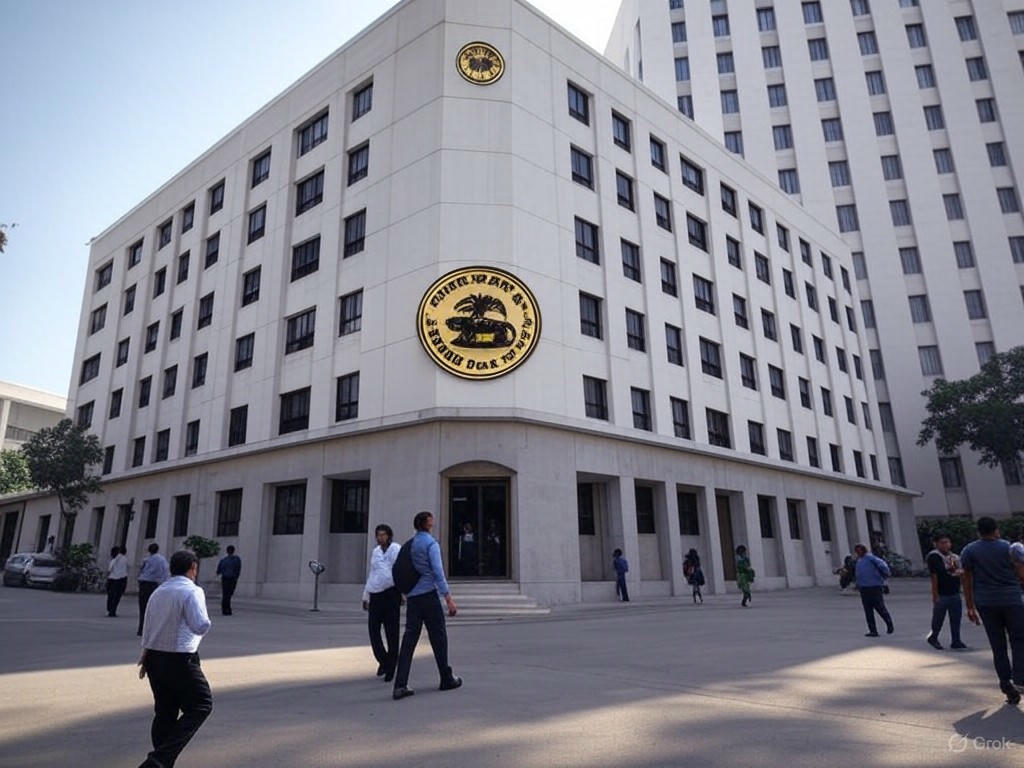RBI’s Bold Rate Cut: A Response to Slowing Growth and Inflation
In a surprising yet strategic move, the Reserve Bank of India (RBI) has slashed interest rates significantly, aiming to reignite economic momentum amid concerns over slowing growth and easing inflation. This decision comes on the heels of recent data revealing that India’s economy expanded by a modest 6.5% in the financial year ending March 2025. While this figure reflects steady progress, it falls short of the robust growth rates India has achieved in previous years, prompting the central bank to take decisive action.
The rate cut, one of the sharpest in recent times, is seen as a direct response to the dual challenges of decelerating economic activity and a cooling inflationary environment. Lower interest rates are expected to reduce borrowing costs for businesses and consumers alike, encouraging investment and spending. Small and medium enterprises, which form the backbone of India’s economy, could particularly benefit from easier access to credit. Additionally, the housing and automobile sectors, often sensitive to interest rate fluctuations, may witness a surge in demand as financing becomes more affordable.
Analysts believe the RBI’s move is well-timed, given the global economic uncertainties and domestic headwinds. With inflation showing signs of moderation, the central bank appears to have more room to prioritize growth without risking price instability. However, some experts caution that while the rate cut is a positive step, it may not address deeper structural issues such as rural distress, unemployment, and supply chain disruptions. These underlying challenges could dampen the impact of monetary policy unless accompanied by targeted fiscal measures and reforms.
Market reactions to the RBI’s announcement have been largely positive, with stock indices recording gains as investors anticipate a boost in corporate earnings driven by lower borrowing costs. Banking and financial stocks, in particular, have seen an uptick, reflecting optimism about increased loan disbursements. However, there are lingering concerns about the potential for excessive liquidity in the system, which could fuel asset bubbles if not monitored closely.
Looking ahead, the RBI’s bold policy shift underscores its commitment to balancing growth and stability in an increasingly complex economic landscape. The central bank will likely keep a close watch on inflation trends and global developments, including geopolitical tensions and commodity price volatility, which could influence future decisions. For now, the rate cut offers a glimmer of hope for businesses and households grappling with economic uncertainty. It also sends a strong signal that the RBI is willing to adapt its approach to meet the evolving needs of the nation.
As India navigates this critical juncture, the effectiveness of the rate cut will depend on how quickly its benefits trickle down to the real economy. While immediate relief may be felt in certain sectors, sustained growth will require a collaborative effort between monetary authorities and the government to address systemic bottlenecks. For the time being, the RBI’s proactive stance has set the stage for a potential economic revival in the months ahead.


